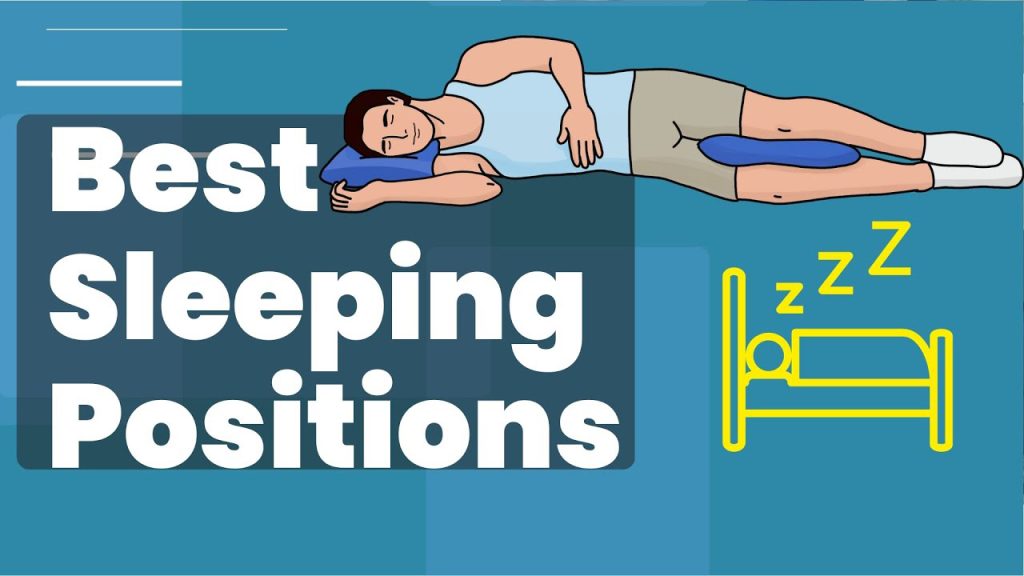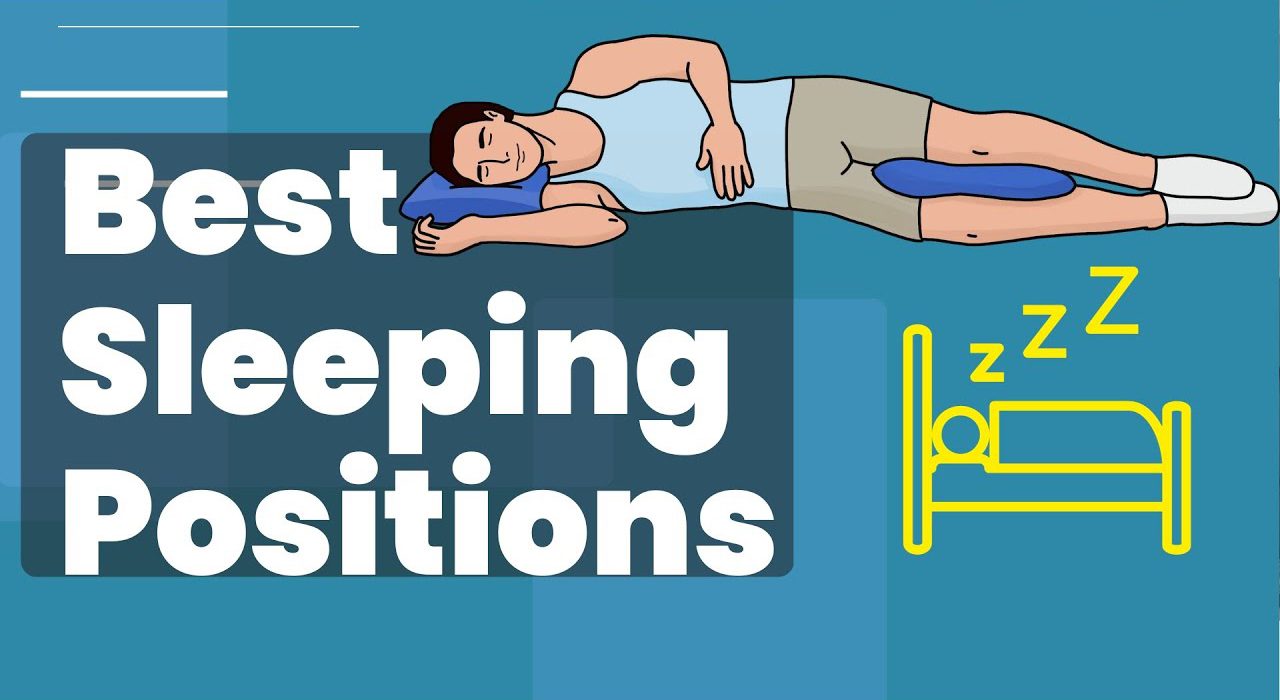The position you sleep in can impact your heart health, digestion, circulation, and even reduce back or joint pain. Here’s a breakdown of the healthiest sleep positions for your heart and overall health:
1. Left Side Sleeping
- Benefits for Heart Health: Sleeping on your left side is often recommended for heart health. It helps prevent acid reflux, promotes lymphatic drainage, and can improve blood flow back to the heart by reducing pressure on major blood vessels.
- Additional Benefits: Left side sleeping is also beneficial during pregnancy, as it can improve circulation for both the mother and baby.
- Drawbacks: This position might cause pressure on the stomach and lungs for some people, so rotating positions may be helpful.
2. Right Side Sleeping
- Benefits for Heart Health: Although less ideal than the left side, sleeping on your right side can still support overall heart health. Studies suggest it may reduce heart rate and blood pressure slightly, promoting relaxation.
- Additional Benefits: This position can also reduce the likelihood of acid reflux and snoring, making it a good option for those with mild sleep apnea.
- Drawbacks: Right side sleeping could increase acid reflux in people who are prone to it, so it might not be the best choice for everyone.
3. Back Sleeping (Supine Position)
- Benefits for Heart Health: Back sleeping keeps your head, neck, and spine in a neutral position, which can be good for people with back or joint issues. It also distributes weight evenly, which helps prevent pressure points.
- Additional Benefits: This position may reduce facial wrinkles and can also be helpful for those who suffer from acid reflux, especially if the head is slightly elevated.
- Drawbacks: Back sleeping can exacerbate snoring and sleep apnea, which may lead to disrupted sleep or even put strain on the heart over time. It may also increase back pain in some people.
4. Fetal Position
- Benefits for Heart Health: The fetal position, particularly on the left side, may enhance circulation and help relieve pressure on the heart. It’s also a popular choice because it can feel cozy and secure.
- Additional Benefits: This position is good for those with lower back pain or pregnant individuals, as it helps alleviate pressure on internal organs.
- Drawbacks: The fetal position can restrict deep breathing, and curling up too tightly may strain the neck and back. Keeping the body relaxed with a slight bend at the knees is ideal for comfort.
5. Stomach Sleeping (Prone Position)
- Health Considerations: Sleeping on the stomach is generally considered the least healthy position. It can place strain on the spine, neck, and lower back, and it may make breathing more difficult. Over time, it can even reduce blood flow to certain areas, potentially affecting circulation.
- Drawbacks for Heart Health: This position doesn’t offer any particular benefit for heart health and can increase strain on the spine. However, for certain people with severe sleep apnea, sleeping on the stomach might reduce snoring.
Best Choice for Overall Health and Heart:
- Left Side Sleeping is typically regarded as the most heart-healthy and beneficial for digestion and circulation.
- Fetal Position (on the left side) can also be a good option if kept in a relaxed form without excessive curling.

Tips for Better Sleep Regardless of Position:
- Use Supportive Pillows: A pillow under your knees while back-sleeping or between your knees on your side can help maintain proper alignment.
- Elevate the Head Slightly: This can reduce acid reflux and may even aid heart health by decreasing fluid buildup in certain conditions.
- Practice Good Sleep Hygiene: Consistent sleep times, avoiding caffeine and electronics before bed, and sleeping in a dark, quiet room help improve overall sleep quality.
Everyone’s ideal sleep position is unique, so choosing one that supports both comfort and overall health is key. If a particular position feels uncomfortable or causes pain, it’s worth adjusting or consulting a healthcare provider.



